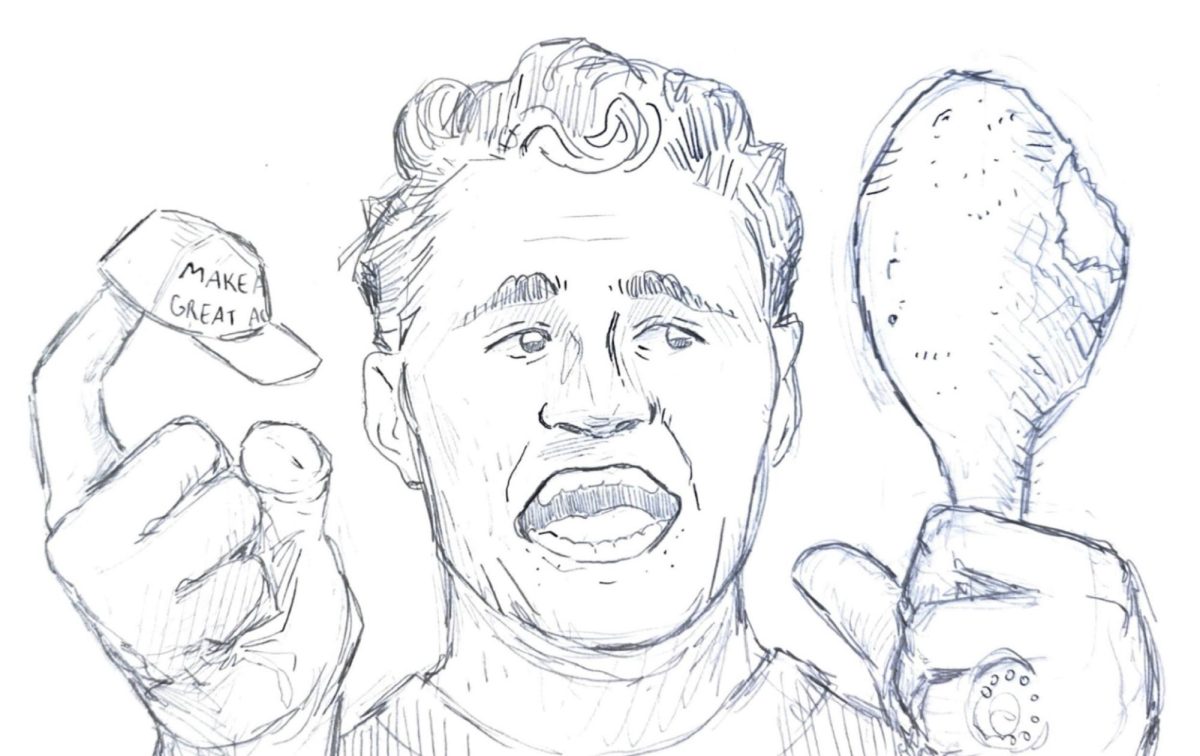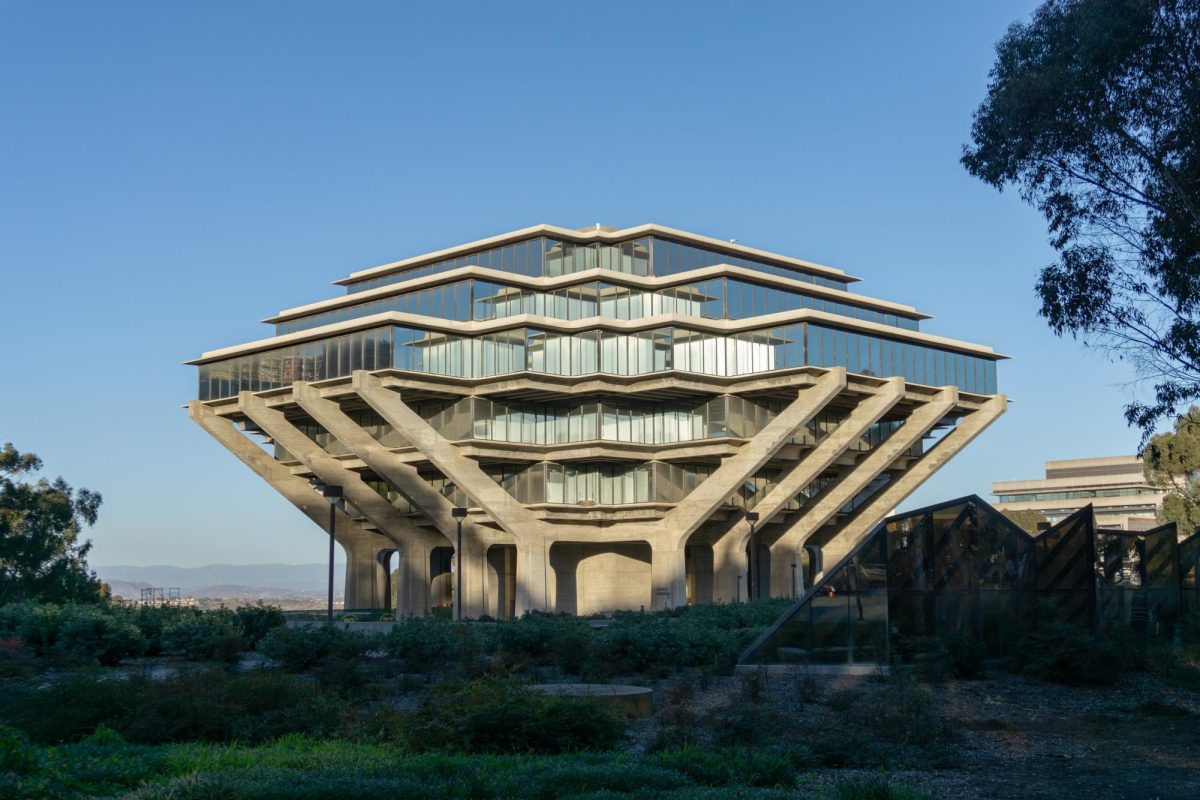This this the first of three submissions written by students in ETHN 104: Race, Space, and Segregation during Summer Session Two .
The Urban Displacement Project defines gentrification as a process of neighborhood change that includes economic change in a historically disinvested neighborhood,by means of real estate investment and new higher-income residents moving in, as well as demographic change. This demographic change is not limited to income level but also includes a change in the education level and racial makeup of the community. This is important to UC San Diego students as most of us will be driving this demographic change. Therefore, it is necessary to be aware of the effects our future housing arrangements will have on low-income Black and Latino communities without a college education. Gentrification occurs when the renewal of a community attracts wealthier residents and businesses while replacing the current residents in the process, and it has continued to displace Black and brown working-class communities in cities throughout the United States. In Oakland, this process has resulted in a significant loss of the city’s cultural and racial diversity, replacing historically Black neighborhoods and small businesses with wealthier residents and businesses. Gentrification in Oakland has occurred due to the commodification of housing; as of this year, the average rent of one bedroom apartment in Oakland has increased to $2,930, a 6% increase from the year before. This statistic alone illustrates the large profits the real-estate market has made by placing housing in Oakland on the speculative market. East Bay Permanent Real Estate Cooperative is one Oakland organization that is devoted to offering long-term affordable housing by buying land and keeping it off the speculative market. This is significant as it leads to a more stable housing market while also decreasing the displacement rate in Oakland, so that housing can be permanently affordable for communities of color. This impacts UC San Diego students due to our role in the real estate market as future homeowners.
In “Possessive Investment in Whiteness,” George Lipsitz, an American studies scholar and professor of Black Studies at UC Santa Barbara, demonstrates that in the 1980s, Oakland had a primarily Black population, one that had already faced disinvestment and exclusionary homeownership practices due to redlining policies created in the 1930s. White flight which refers to the phenomenon of white people leaving urban areas with large minority populations to settle in suburban neighborhoods, occurred during this time due to the availability of subsidized housing in the suburbs, creating a predominantly Black inner city. However, Black and brown people have been barred from owning homes due to predatory loans and racist exclusion. Due to these policies many of Oakland’s low-income communities have been made vulnerable by skyrocketing rents. In addition, urban renewal projects, land speculation, and the influx of tech corporations have threatened to siphon the city’s cultural and racial diversity; predominantly white and higher income residents have been rapidly replacing Oakland’s Black population due to these structural inequalities.
Today, up to 31 percent of Oakland has been gentrified, and due to its proximity to San Francisco across the bay, West Oakland has become the most gentrified section of the city. Land speculation in disinvested neighborhoods has created a boom for newer, richer businesses, as well as housing that is unattainable for Black and brown people. As a result, the value of property and rent in such areas has soared, becoming unaffordable for Oakland’s existing residents. Wages for Black and brown populations remain stagnant as the city becomes more gentrified, increasing their risk of eviction and housing insecurity . Today, the median household income of a Black family in Oakland is $32,000, while that of a white family is up to $90,000; because affordable housing is based on the city’s average income, more and more housing has become unavailable to Black and brown populations. This phenomenon can also be seen today in other cities of the U.S. such as Charleston, South Carolina, District of Columbia, and Denver, Colorado where the cost of housing has more than doubled.
Racial capitalism has driven Oakland’s disinvestment and has incited the gentrification of the city. Redlining and defunding of public urban resources in the 1930s locked Black Oaklanders into poorer inner-city neighborhoods. A lack of policies protecting deteriorating, disinvested neighborhoods from speculative purchases of the predatory real estate market, and scarce rent control, has left them vulnerable to displacement. Despite this, work is being done to reclaim an affordable Oakland, one that preserves its rich history of diversity and culture.
One way this issue of gentrification is being fought is through the development of cooperatives like the East Bay Permanent Real Estate Cooperative . EBPREC is a cooperative created by Black, Indigenous, and people of color residents that were born and raised in Oakland and have observed the negative effects that gentrification has had on the city throughout their lives. The cooperative was created to remove housing from the speculative real estate market in order to stop tenants of color from being displaced. The way that this intervention works is EBPREC buys land and leases houses and units to residents for affordable prices, the cooperative gives control to residents and uses long-term leases to simulate real home ownership.
When it comes to buying buildings with multiple units, EBPREC seeks out buildings with majority BIPOC residents that are on the verge of displacement. From there, they recruit residents to invest $1,000 each so the coop can purchase the entire property, which then guarantees no tenants will lose their homes. By investing in their own community, EBPREC gives guidance to tenants on how to steward their own land. Their goal for the future is to see diverse communities living on land without landlords. This practice allows EBPREC to encourage Black and Indigenous land ownership while also creating a system of collective wealth to make sure that our current real estate market system does not have the power to take that land and wealth away. EBPREC believes that healing for historically marginalized communities can come from participating in cooperatives.
The organization’s continued growth models scalable solutions for low-income people to access stable homes that are affordable in the long term. Also, the funding sources for the establishment of communities are also relatively stable and secure, which ensures the sustainable development and protection of communities. At the same time, the upgrading, redevelopment, and renewal of such residential areas can develop a community with dilapidated housing, poverty, and lack of living infrastructure into a comfortable, convenient, and more modern middle-class residential area. This gives every resident a chance to get better opportunities, such as education and work. Nevertheless, there are many opportunities to solve these problems. In addition to raising awareness about this issue, one can donate to organizations that are focused on creating affordable housing such as Moms for housing and The East Bay Permanent Real Estate Cooperative. In addition to hiring, EBPREC also offers memberships that give one the opportunity to become an investor owner, a community owner, or to plan future projects for the organization.
Considering that many UCSD students are science, technology, engineering, and math majors and may end up working in the Bay Area, it is important to know the effects that our actions may be having on historically Black communities such as Oakland. Silicon Valley, as shown previously, has had a great effect on the gentrification of Oakland. As the ninth most recruited school by Silicon Valley, many UCSD students will end up moving to San Francisco or neighboring areas such as Oakland, therefore contributing to the displacement of native Oaklanders. Furthermore, gentrification is not an issue limited to Oakland, in fact it is becoming a worldwide problem that affects people from across the U.S. to cities like Seoul, South Korea. As students, we have the power to not only support the struggle for fair and affordable housing but also to imagine and create new solutions.
Art created by Angela Liang for The UC San Diego Guardian





















AlexKrav • May 12, 2024 at 9:49 am
Great article as far as I’m concerned.
Александр • May 12, 2024 at 9:47 am
hello
Elisabeth • Nov 13, 2020 at 3:51 am
It seems to me that the purchase of housing is an urgent issue for every second resident. Considering the various housing options offered for rent or for sale, it is very common to find an offer of apartments in a condominium, here https://blog.sunnyrealty.com/sunny-isles-beach-condos-have-more-than-a-year-backlog/ is interesting information about this. This option is very profitable as a low utility fee, and the cost of maintaining the territory and other services is much easier to control, and it is also much easier to prove your right to an apartment in a condominium